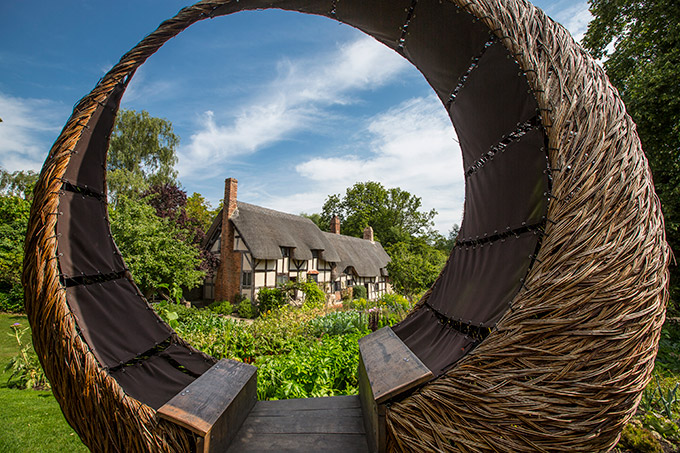
There’s more to Shakespeare’s home county of Warwickshire than Stratford-upon-Avon. Here we take a tour of some of its most splendid gardens, from the grounds of Compton Verney to Anne Hathaway’s cottage
Compton Verney
This stately Georgian home, set in a Lancelot ‘Capability’ Brown-designed landscape in Warwickshire, also houses an art gallery. For centuries, Compton Verney, remodelled by Robert Adam, was the family seat of the Barons Willoughby de Broke, until they sold it in the 1920s. A period of neglect followed, before Sir Peter Moores rescued it in 1993. Sir Peter revived the landscape and amassed Tudor portraits and Chinese bronzes. Today visitors can enjoy the landscape in the way it was intended by Brown, including one of his views from the Upper Bridge, where the house reveals itself from behind a London plane tree.
Ragley Hall
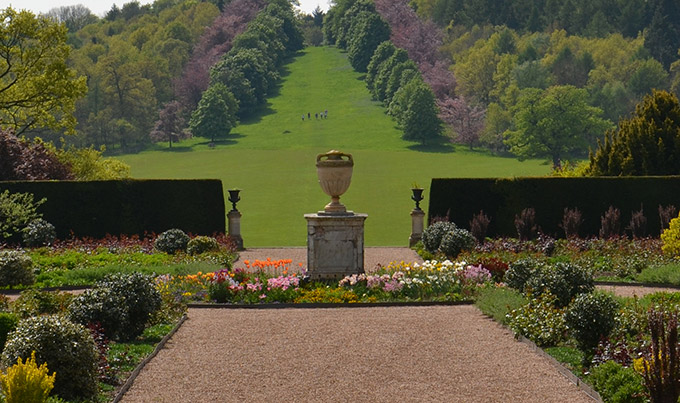
In the 17th century, the first Earl of Conway commissioned Robert Hooke to design the Palladian house. Ragley Hall was a favourite haunt of the Prince Regent (later King George IV) and inside you can see the bed that was built for his first visit in 1796. There are paintings of Jane Seymour and her son, King Edward VI – distant ancestors of the Conway-Seymours, the current owners – in this room. The 10 hectares of gardens include a lake, the Scott Garden, woodland walks and the Rose Garden. Plays and concerts, including the popular Battle Proms, are often held in the West Front.
Lord Leycester Hospital
For nearly 200 years, these 14th-century timber-framed buildings, which cluster around the Norman gateway to Warwick and the 12th-century chancery chapel, housed the guilds of Warwick. Thomas Oken, Master of the Guild in 1545, saved the buildings from Henry VIII during his Dissolution of the Monasteries. Soon the buildings attracted the attention of Robert Dudley, a favourite courtier of Queen Elizabeth I, who set up the Lord Leycester Hospital, a home there for retired and disabled soldiers – a function that continues to this day. Visitors can tour the house and its gardens, including the Master’s Garden, the peaceful Knot Garden and the chapel.
Hill Close Gardens
These are the last Victorian detached gardens open to the public in Britain. The original owners or tenants of these plots making up Hill Close Gardens lived in built-up areas, often above their business – they included shoemakers, shopkeepers and corn dealers – and these gardens gave them an escape from working life. By the 1990s, the site had fallen into a state of disrepair. English Heritage and a local committee saved 16 of the original plots. Many of them have summerhouses and they all provide a glimpse into past lives.
New Place
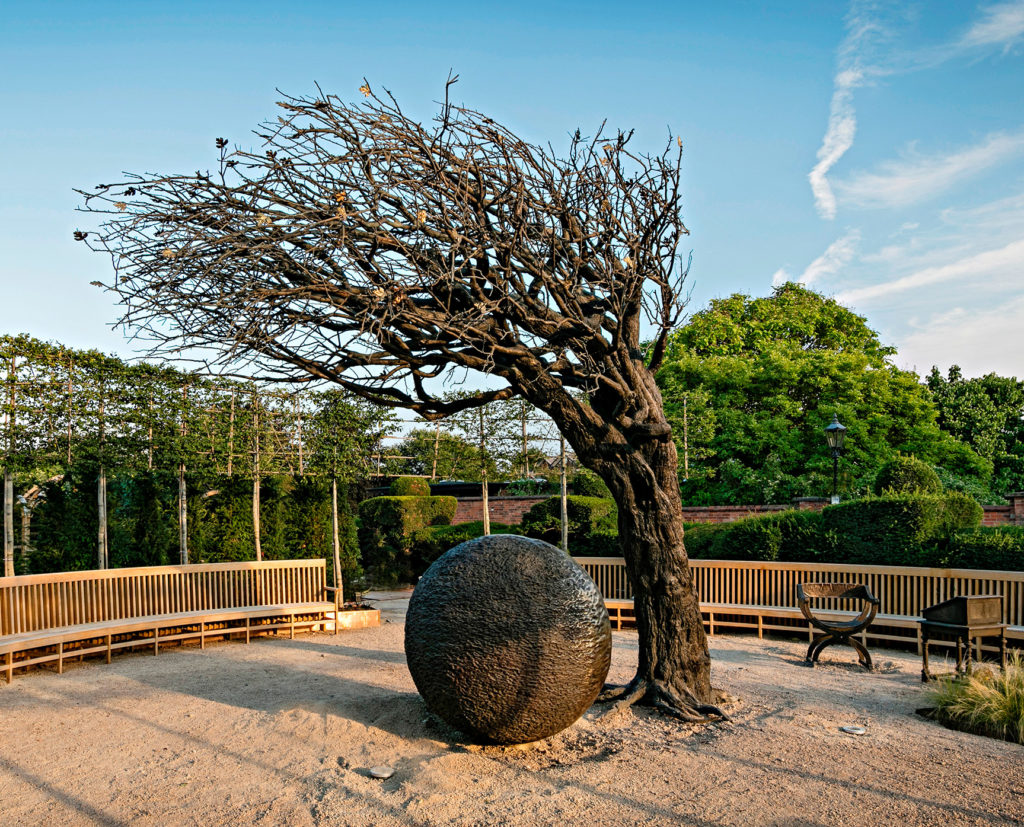
Shakespeare lived here for the last 19 years of his life, and a reimagined garden stands on the site of the original house. The bronze tree sculpture, His Mind’s Eye, depicts a tree swept to one side, apparently by the force of Shakespeare’s genius, which is represented by a replica of his writing desk. Beneath it lies a sphere. In the Golden Garden, 38 pennants represent each of his plays. It is said that the tree in the Great Garden grew from a cutting of mulberry tree given to Shakespeare by King James I. Research is under way to prove its provenance.
Anne Hathaway’s cottage
The beautifully restored childhood home of Shakespeare’s wife is just a mile outside Stratford. Anne Hathaway’s house, a 550-year-old thatched cottage, is cocooned by nine acres of grounds, brought back to life in the 1920s, under the watchful eye of horticulturist Ellen Willmott. Stroll through the orchard, which has been here since the Hathaways’ time; the Tree Garden, where you will find 40 trees all mentioned by Shakespeare; or marvel at the bright flower displays outside the cottage.
For more details about the gardens, see the Shakespeare’s England visitor site
Read more

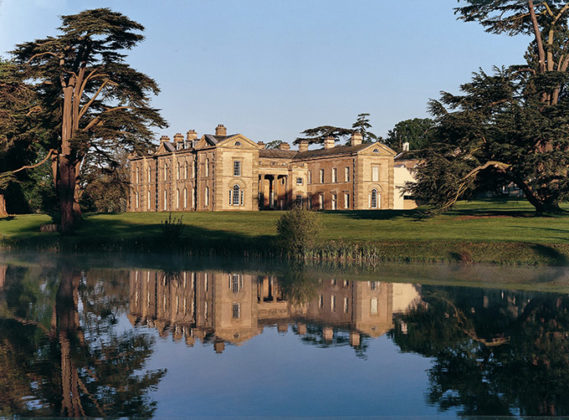
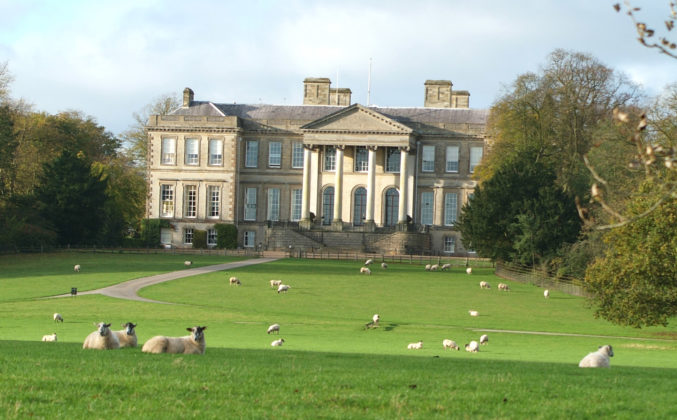
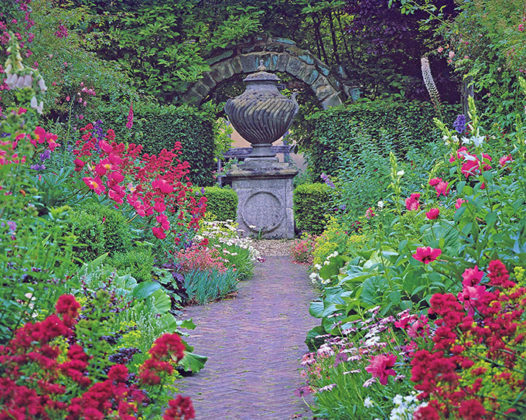
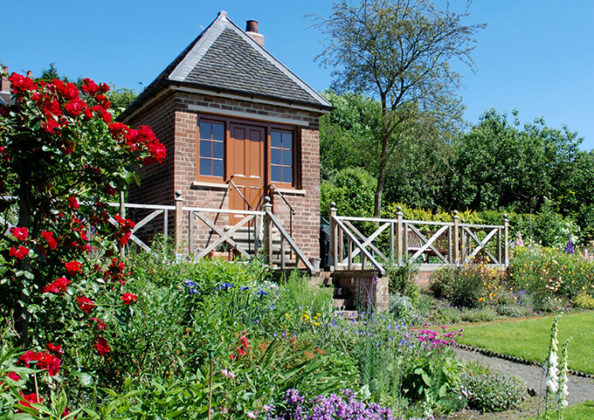
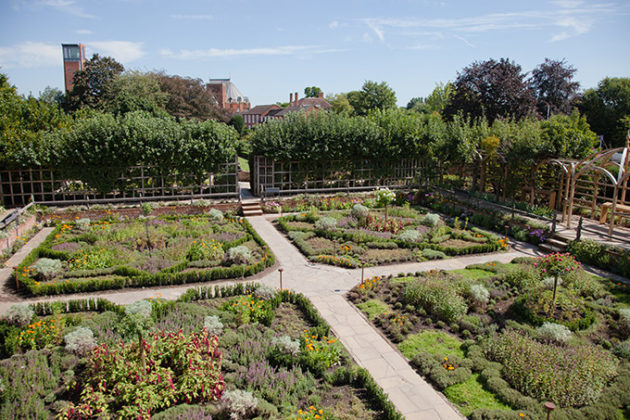
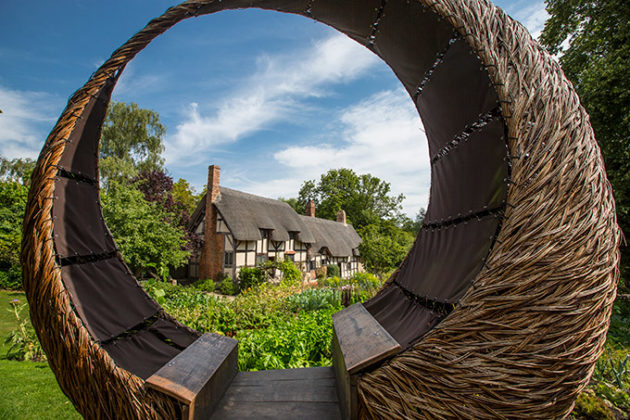




 © 2024
© 2024